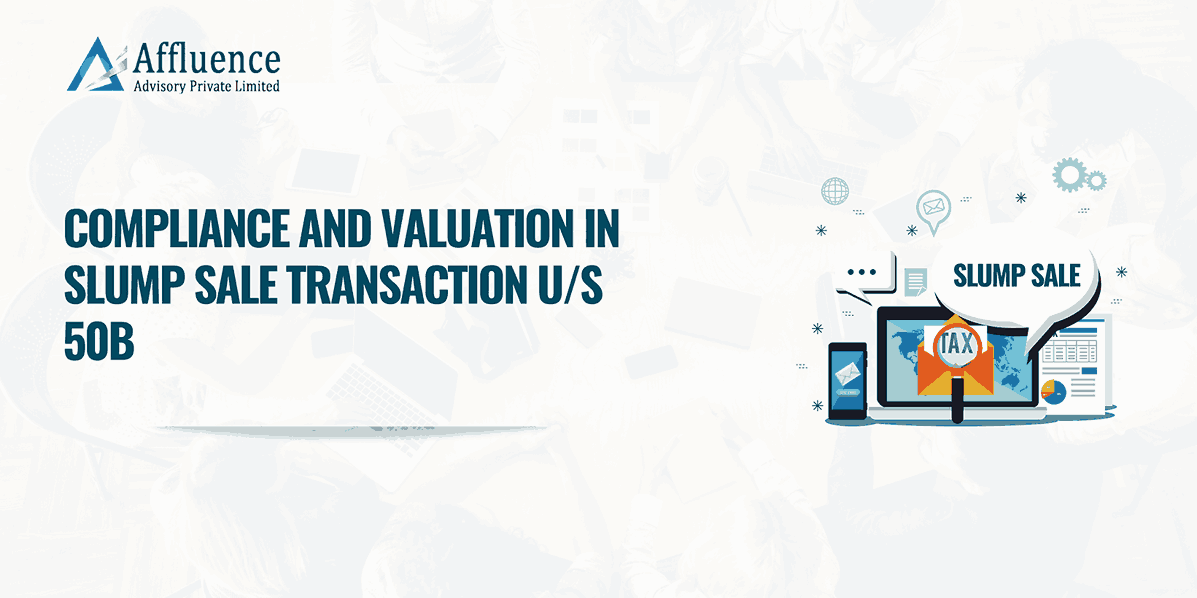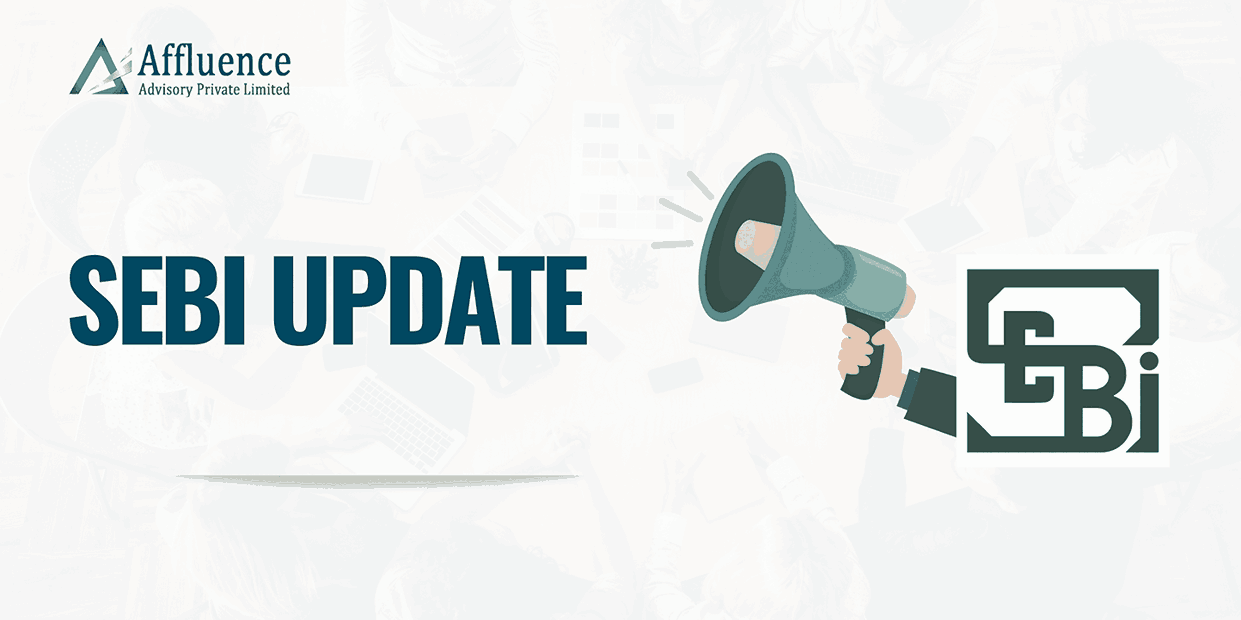Brief background:
Before insertion of Rule 36(4) of CGST Rules, i.e. for the period upto 9 October 2019, input tax credit was availed by taxpayer on self-declaration basis. With effect from 9 October 2019, Rule 36(4) of CGST Rules was inserted vide Notification No. 49/2019-Central Tax, which mandated availment of ITC pursuant to matching of ITC with credit reflecting in GSTR-2A. Further, an additional credit of 20% could have been availed towards unmatched invoices.
Subsequently, an amendment (vide Notification No 75/2019 Central Tax dated 26 December 2019) was made in Rule 36(4) of CGST Rules, which provided that, with effect from 1st January 2020 to 31st December 2020 threshold limit for additional credit that can be availed towards unmatched invoices stands reduced from 20% to 10%. Further, the said limit was reduced from 10% to 5% for the period 1st January 2021 to 31st December 2021 (vide Notification No 94/2020-Central Tax dated 22 December 2020).
While the above Rule provided a cushion to the taxpayer in form of additional credit towards unmatched invoices, it also lead to increase in the efforts involved in monthly compliance. The taxpayer was required to maintain a track of unmatched invoices which were getting matched in subsequent months and the buffer credit which has already been availed against such unmatched invoices.
Clarification on the matching principle for the period April 2017 to March 2018 and April 2018 to March 2019:
Till the clarification was issued by CBIC for the captioned period, taxpayers were taking recourse to the press release dated 18 October 2018 wherein it was provided that matching of credit with GSTR-2A is not mandatory. CBIC vide Circular No. 183/15/2022-GST dated 27 December 2022, laid down the guideline for unmatched credit pertaining to captioned period. The said circular provided for self-certification or certification by professionals such as a Chartered Accountant, based on the threshold of unmatched credit.
For the period FY 2019-20 and April 2020 to December 2021, the above referred circular was silent. Therefore, a new circular i.e. Circular No. 193/05/2023- GST dated 17 July 2023 which is on the similar lines and provided a relief to taxpayer for the unmatched credit availed during the captioned period.
Insertion of new clause in Section 16(2) of Central Goods and Services Tax Act, 2017 (herein after referred to as ‘CGST Act’):
With effect from 1st January 2022 a new clause ‘aa’ has been inserted in Section 16(2) of CGST Act. As a result, maximum ITC that can be availed in GSTR-3B has been restricted to the extent of invoices reflecting in GSTR-2B of corresponding month.
Rule 88D of CGST Rules- Brief introduction:
CBIC has recently notified this new rule vide Notification No 38/2023- Central Tax dated 4 August 2023. The said rule provides that in case where the amount of ITC availed in GSTR-3B exceeds the credit reflecting in GSTR-2B of a particular period or periods, by such amount and percentage as may be recommended by GST council, an intimation in Part A of Form DRC-01C shall be issued electronically. The taxpayer will be required to either pay the amount to the extent of difference in ITC along with interest through DRC-03 or provide an explanation for said difference in Part B of Form DRC-01C. Threshold limit for issuance of intimation under this rule is yet to be notified.
In case where taxpayer fails to either pay the amount as intimated in Part A of Form DRC-01C or provide a reasonable explanation in Part B of Form DRC-01C within 7 days, a notice in terms of Section 73 or 74 of CGST Act shall be issued demanding the said amount.
Further, a new clause has been inserted in Rule 59(6) of CGST Rules i.e. Clause (e). The said clause provides that a taxpayer who has not either paid the amount equal to the excess ITC as intimated in Part A of Form DRC-01C or furnished a reply explaining the reason for difference in ITC in Part B of Form DRC-01C, shall not be allowed to file GSTR-1 of the subsequent tax period.
Impact of Rule 88D of CGST Rules:
The position with respect to difference in credit availed and the credit reflecting in GSTR-2A for the period since introduction of GST i.e. July 2017 to December 2021 stands clarified. Further, for the period January 2022 onwards till the date of introduction of this new rule, there was no provision for issuance of any intimation on account of difference in ITC except the message in red colour and the pop up appearing before filing of GSTR-3B return. Also, there was no threshold prescribed for issuance of any intimation or notice. With introduction of this new rule, an additional responsibility is casted on the taxpayer to track the difference in ITC on a regular basis.
One of the instances under which this new rule may get triggered is a case where availment of ITC has been deferred due to the accounting practise followed by taxpayer. For instance, difference is arising on account of credit availed pertaining to an invoice of an earlier month say for e.g. June 2023 in GSTR-3B of August 2023. In this case since supplier would have reported invoice in its GSTR-1 June 2023 and therefore this invoice would reflect in GSTR-2B of June month, difference shall arise in GSTR-3B of August 2023 as the said invoice will not reflect in GSTR-2B of August month. This instance would be common cases where practise of availment of credit on payment basis is followed.
Hence, the taxpayer may see the instances of issuance of intimation in Part A of DRC-01C more quite often than not and shall be required to take timely action to avoid issuance of notice demanding payment in terms of Section 73 or 74 of CGST Act and non-compliance on account of non-filing of GSTR-1 for subsequent month.
Disclaimer:This article provides general information existing at the time of preparation and we take no responsibility to update it with the subsequent changes in the law. The article is intended as a news update and Affluence Advisory neither assumes nor accepts any responsibility for any loss arising to any person acting or refraining from acting as a result of any material contained in this article. It is recommended that professional advice be taken based on specific facts and circumstances. This article does not substitute the need to refer to the original pronouncement
CLICK HERE TO DOWNLOAD PDF








